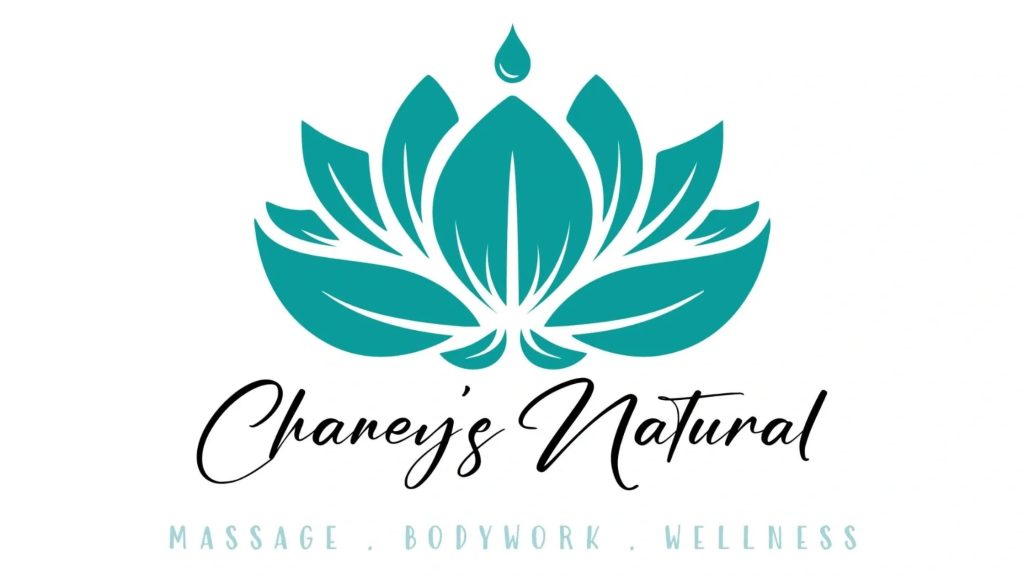Oil pulling is an ancient Ayurvedic practice that involves swishing oil around in your mouth for a certain amount of time before spitting it out. The most commonly used oils for oil pulling are coconut, sunflower, and sesame oils. The practice is believed to have numerous health benefits, primarily for dental health, but also for overall well-being.
The concept of oil pulling is simple. You take a tablespoon of oil and swish it around in your mouth for anywhere from 5 to 20 minutes. This action is thought to help remove harmful bacteria, fungi, and other toxins from the mouth. The oil supposedly acts as a magnet, pulling these toxins out of the crevices in your teeth and gums.
Proponents of oil pulling claim that the practice can whiten teeth, prevent cavities, improve bad breath, reduce inflammation in the gums, and even detoxify the body. Some even believe that oil pulling can provide relief from certain diseases and conditions, such as migraines, asthma, diabetes, and acne.
But does oil pulling really work? The scientific community has mixed opinions on the topic.
Research on oil pulling is limited, but some studies have found that it can have positive effects on oral health. A 2009 study published in the Indian Journal of Dental Research found that oil pulling with sesame oil significantly reduced the levels of Streptococcus mutans in the mouth, which is a major contributor to tooth decay and gum disease. Another study in 2015 concluded that oil pulling with coconut oil can reduce plaque and improve gum health.
However, the American Dental Association (ADA) has not taken a stance on oil pulling, stating that there is not enough scientific evidence to support its benefits. The ADA recommends sticking to traditional oral hygiene practices, such as brushing and flossing, to maintain oral health.
Despite the lack of concrete evidence, many people swear by the benefits of oil pulling. They claim that it has helped them whiten their teeth, improve their breath, and reduce inflammation in their gums. Some even believe that oil pulling has helped them with other health issues, such as acne and sinus problems.
If you are interested in trying oil pulling, here are some tips to keep in mind:
– Use a high-quality, organic oil: It is important to use a high-quality oil that is free from chemicals and additives. Many people prefer using coconut oil for its antimicrobial properties and pleasant taste.
– Start with a small amount of oil: If you are new to oil pulling, start with a smaller amount of oil, such as a teaspoon, and gradually increase the amount as you become more comfortable with the practice.
– Swish gently: Swish the oil around in your mouth gently, making sure to move it between your teeth and along your gums. Do not swish too vigorously, as this can cause jaw fatigue.
– Spit out the oil: Do not swallow the oil after oil pulling. Spit it out in the trash or a paper towel, as the oil may contain harmful toxins and bacteria that you do not want to ingest.
– Rinse your mouth with water: After oil pulling, rinse your mouth with warm water to remove any remaining oil and toxins from your mouth.
In conclusion, while the benefits of oil pulling are not scientifically proven, many people believe in its effectiveness for improving oral health and overall well-being. If you are curious about trying oil pulling, it is best to consult with your dentist or healthcare provider to see if it is a safe and beneficial practice for you. Remember that oil pulling should not replace traditional oral hygiene practices, but can be used as a complementary treatment for better oral health.

